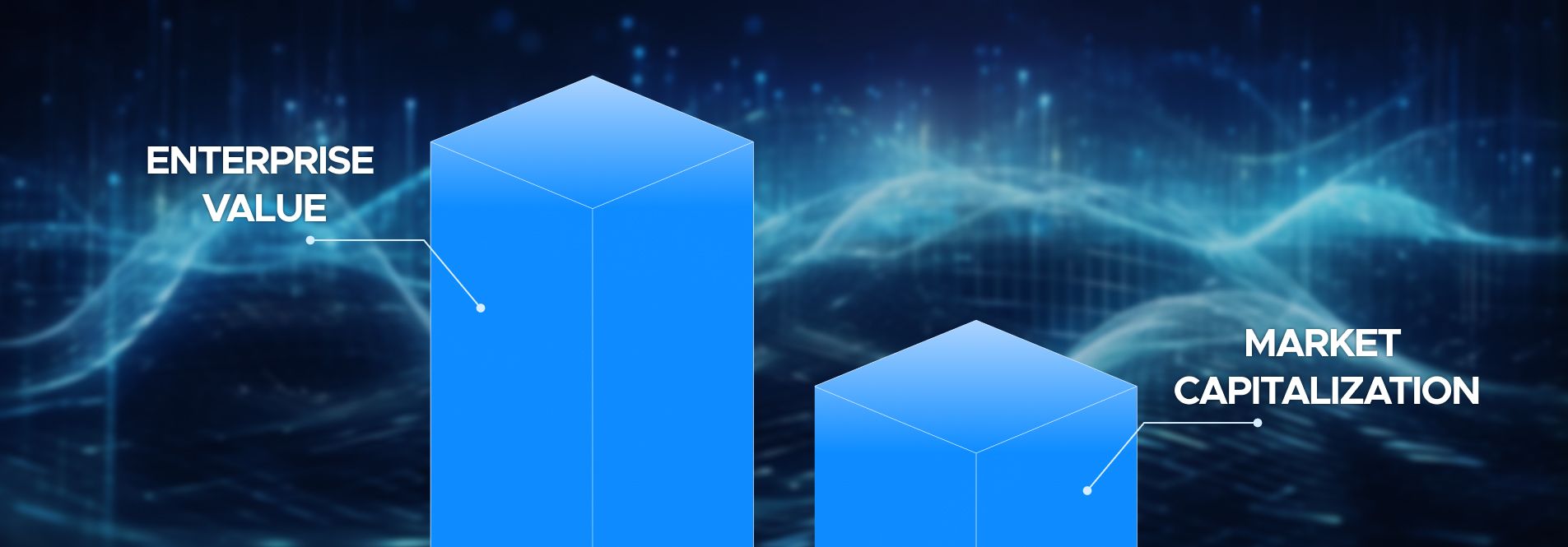Mergers and acquisitions (M&A) reshape businesses by combining or acquiring companies to achieve growth, efficiency, or market advantages. This guide explores the various types of M&A, their purposes, and how they are executed, offering clarity on their strategic roles and practical applications.
What Are Mergers and Acquisitions?

Mergers and acquisitions involve combining or purchasing companies to achieve business goals. A merger unites two firms into a single entity, often to share resources or markets. An acquisition occurs when one company buys another, gaining control of its operations or assets. These transactions aim to boost profitability, expand market reach, or improve operational efficiency. M&A deals vary in structure and intent, are tailored to specific strategic needs, and require careful planning to succeed.
Main Types of Mergers

Mergers and acquisitions (M&A) take various forms, each designed to meet specific strategic goals, such as expanding market presence, improving efficiency, or diversifying operations. The different types of company takeovers align with unique business needs, from combining competitors to integrating supply chains. Below is a detailed exploration of the primary types of mergers and acquisitions, highlighting their structures, purposes, and practical applications in corporate strategy.
Vertical Merger
A vertical merger combines companies operating at different stages of the same supply chain. For example, a car manufacturer merging with a tire supplier ensures a steady supply of components. This type reduces costs by eliminating intermediaries, improves coordination, and secures access to critical resources. It also enhances quality control and speeds up production cycles. By integrating upstream or downstream operations, firms gain greater control over their supply networks, boosting efficiency and market responsiveness. For instance, a retailer merging with a logistics provider can streamline distribution, reducing delivery times and costs.
Horizontal Merger
A horizontal merger unites companies at the same level in the value chain, typically direct competitors in the same industry. For example, two smartphone manufacturers merged to consolidate market share. This type reduces competition, achieves economies of scale, and expands customer reach. Cost savings come from shared resources, such as marketing or production facilities. A real-world case is the merger of two retail chains, which combines store networks to dominate a region. Horizontal mergers strengthen market power but may face regulatory scrutiny due to reduced competition.
Congeneric Merger
A congeneric merger involves companies in the same industry offering similar products or services to similar customers. For instance, a credit card company merging with a personal loan provider leverages shared customer bases. This type broadens product offerings, cross-selling opportunities, and market reach without direct competition. It allows firms to share technology, distribution channels, or expertise. A bank merging with an insurance firm exemplifies this, combining financial services to offer comprehensive solutions, thereby increasing revenue streams and customer loyalty.
Conglomerate Merger
A conglomerate merger joins firms in unrelated industries, diversifying business portfolios. For example, a media company acquiring a construction firm spreads risk across sectors. This type taps new revenue sources and leverages management expertise to manage diverse operations. It protects against industry-specific downturns but requires robust oversight due to operational differences. A tech firm acquiring a healthcare company could diversify its income while applying data analytics to both sectors. These mergers prioritize long-term stability over immediate synergies.
Market-Extension or Product-Extension Merger
This merger connects companies with similar products in different markets or different products in the same market. A beverage company merging with a regional brand to enter new territories is a market-extension example, while a snack brand merging with a beverage line for the same customers is a product extension. This type expands geographic or product reach, leveraging brand strength to access new customers. It drives growth by combining complementary strengths, such as shared distribution networks, while minimizing integration challenges.
Statutory Merger
In a statutory merger, one company fully absorbs another, which ceases to exist as a separate entity. The acquiring firm inherits all assets, liabilities, and operations. For example, a large pharmaceutical company absorbing a biotech startup integrates its innovations. This type simplifies ownership, centralizes decision-making, and streamlines operations. It’s effective for acquiring specialized capabilities or intellectual property but requires careful management of inherited liabilities to avoid financial or legal risks.
Triangular Merger
A triangular merger involves a parent company creating a subsidiary to merge with or acquire a target. The target integrates into the subsidiary, preserving its legal identity while limiting the parent’s liability. For example, a tech giant might use a subsidiary to acquire a startup, shielding its core operations. This structure offers tax advantages, regulatory flexibility, and risk isolation. It’s common in complex deals where legal or financial separation is beneficial, ensuring smoother integration and compliance.
Share or Interest Exchange
In a share or interest exchange, the acquiring company swaps its shares for those of the target. Shareholders of the target receive stock in the acquirer, aligning ownership in the combined entity. For example, a software firm exchanging shares with a cloud services provider. This type maintains stakeholder involvement and avoids cash-heavy transactions. It’s ideal for firms seeking strategic alignment without full integration, preserving the target’s operational independence while uniting economic interests.
Consolidation
A consolidation merges two or more companies into a new entity, dissolving the original firms. For instance, two small energy firms are forming a new company to compete globally. This type pools resources, creating a stronger, unified organization with a fresh corporate identity. It’s effective for firms of similar size aiming to combine strengths, such as technology or market access, to challenge larger competitors. Consolidations require careful planning to align cultures and operations.
Share or Interest Acquisition
It involves purchasing a controlling stake in a company’s shares without merging. The target remains a separate entity under the acquirer’s control. For example, a firm buys 51% of a rival’s stock to influence its strategy. This type offers flexibility, allowing the acquirer to steer decisions without full integration. It’s suitable for gradual takeovers or when maintaining the target’s brand, which is valuable, though it may face challenges aligning management goals.
Asset Purchase
An asset purchase acquires specific assets, such as equipment, patents, or real estate, rather than the entire company. For example, a retailer buys a competitor’s store locations. This type allows buyers to select valuable assets while avoiding unwanted liabilities, offering flexibility in distressed sales or strategic expansions. It minimizes risk but requires a precise valuation to ensure cost-effectiveness. Asset purchases are common when firms seek specific resources without taking on operational complexities.
Choosing the Right Type of M&A

The appropriate M&A structure depends on strategic goals, market conditions, and company needs. Horizontal mergers suit firms aiming to reduce competition and scale operations, while vertical mergers are ideal for supply chain control. Congeneric or market-extension mergers work to diversify products or markets. Conglomerates diversify risk but require robust management. Statutory or triangular mergers offer structural benefits, while asset purchases or share acquisitions provide flexibility. Assessing synergies, cost savings, revenue growth, or operational efficiencies guides the decision. Financial health, regulatory constraints, and integration complexity also shape the choice, ensuring alignment with long-term objectives.
How Boundeal VDR Supports Every M&A Transaction Type

Boundeal VDR provides a secure platform for managing M&A transactions, streamlining processes across all deal types. It offers encrypted document storage for sensitive data, such as financials or contracts, critical in vertical or statutory mergers. Real-time collaboration tools enable teams to coordinate due diligence in horizontal or congeneric deals. Customizable access controls ensure that only authorized parties view relevant files, which are vital for triangular mergers or share exchanges. Analytics track progress, aiding complex consolidations or asset purchases. Boundeal’s intuitive interface supports efficient workflows, reducing delays and ensuring compliance, making it a versatile tool for any M&A structure.
Closing Thoughts
Understanding the different types of mergers and acquisitions is essential for navigating corporate growth strategies. Each type serves unique purposes, from scaling operations to diversifying portfolios. Companies can execute deals effectively by aligning the transaction type with business goals and leveraging tools like Boundeal VDR, maximizing value and minimizing risks.
Frequently Asked Questions
What are the main types of M&A?
M&A includes vertical, horizontal, congeneric, conglomerate, market-extension, statutory, triangular, share exchange, consolidation, and asset purchase transactions.
How do types of synergies in M&A work?
Synergies include cost savings from shared operations, expanded market revenue growth, and streamlined process efficiency.
What is the difference between a merger and an acquisition?
A merger combines two firms into one, while an acquisition involves one company buying and controlling another.
Which M&A type is best for market expansion?
Market-extension mergers are ideal, connecting firms with similar products to new geographic or customer markets.
How does a triangular merger benefit companies?
It limits parent company liability and offers tax or regulatory advantages by using a subsidiary to acquire or merge with a target.








